Welcome to our guide on how to write an ebook on the Canva platform!
If you’ve ever dreamt of sharing your stories, knowledge, or creativity with the world, Canva is an excellent tool that allows you to do so in a simple and visually appealing way.
In this guide, we will explore the steps you need to take to create your digital book.
Canva provides an intuitive interface and many creative options to help you express your ideas in the best possible way.
How to Write an Ebook?
To make everything clearer, here is a scheme with an example of what pages an e-book should have.
Of course, depending on the topic, this concept can vary somewhat.
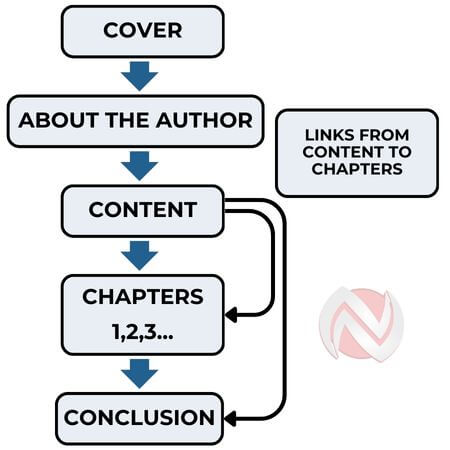
Selecting a Template
Log in to Canvu and choose the “Soft Pink Modern E-Book A4 Document” template.
We chose this template because it has predefined basic elements of an ebook.
If you can’t find that template among the options, you can also choose a regular A4 format.
If, again, you plan to offer the book outside the EU (America, England), then, of course, you will write in English, and for the template, you will choose the Letter option.
The letter has dimensions like the A4 format; they are just expressed in inches.
Elements of the Introduction Page
As you can see in the picture, the introduction page will have your logo, title, book description, and possibly the name of your blog or website.
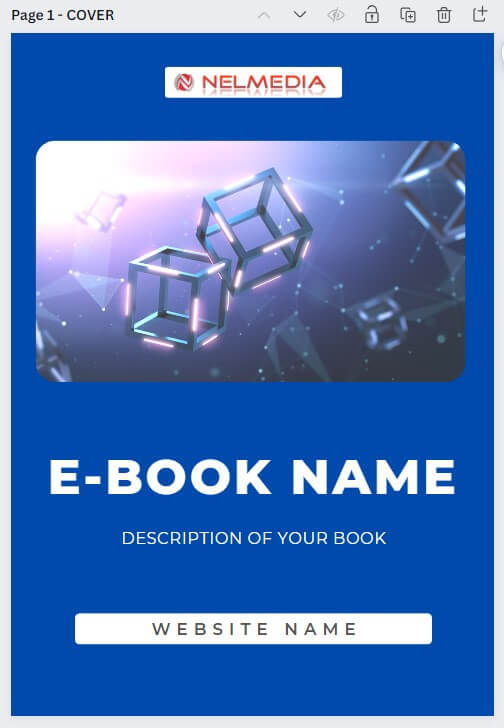
Author’s Page
After the introduction page, there is the author’s page.
First is your name, then the name of your company or the company you work for.
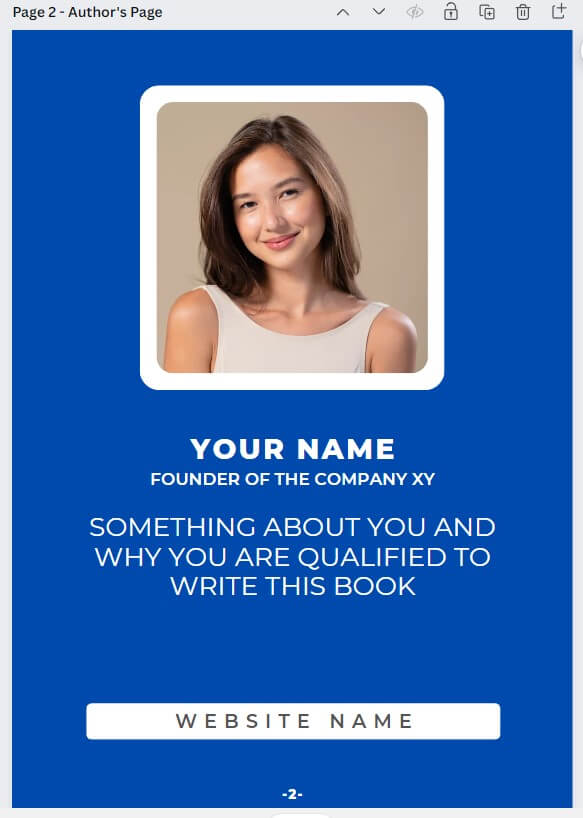
You can also list your completed school or places you have worked to explain to the future reader that you are a competent person.
Table of Contents Page
The third page of your ebook will be the table of contents.
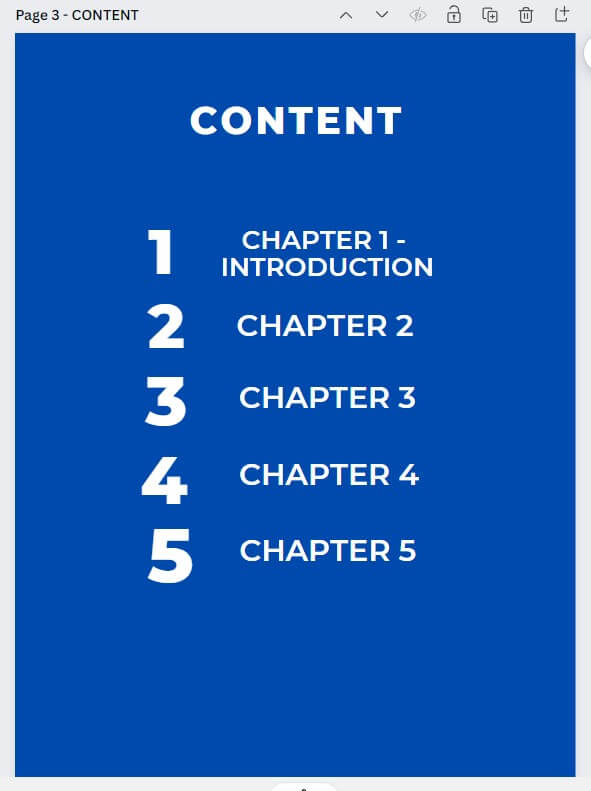
This page is significant as it will direct the reader to various chapters of your book.
If the book doesn’t have many pages, instead of chapters, the titles of certain pages will be written here.
Closing (Last) Page
On the last page, you will reflect on everything written so far and, through a summary, describe all the advantages of your book, product, or service.
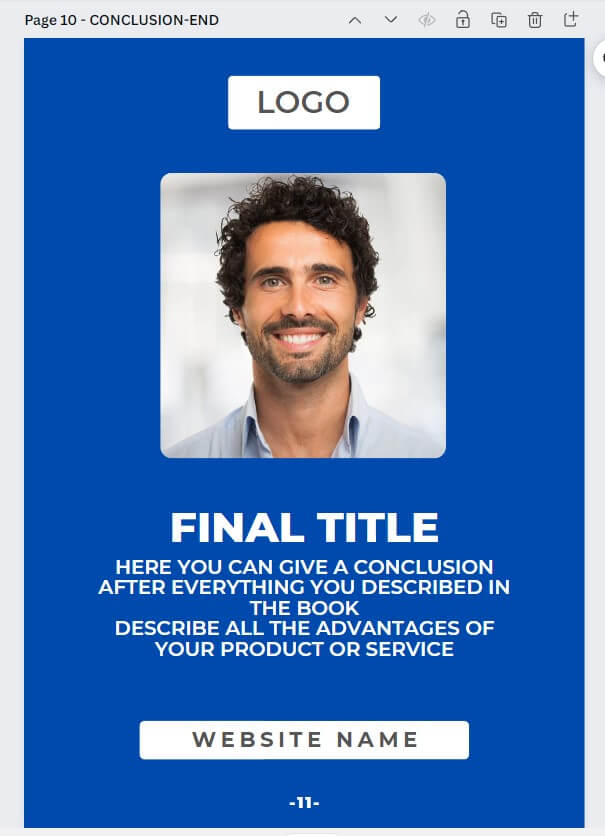
Additional Content
If the book has many pages, we can occasionally insert pages to give the reader a short break.
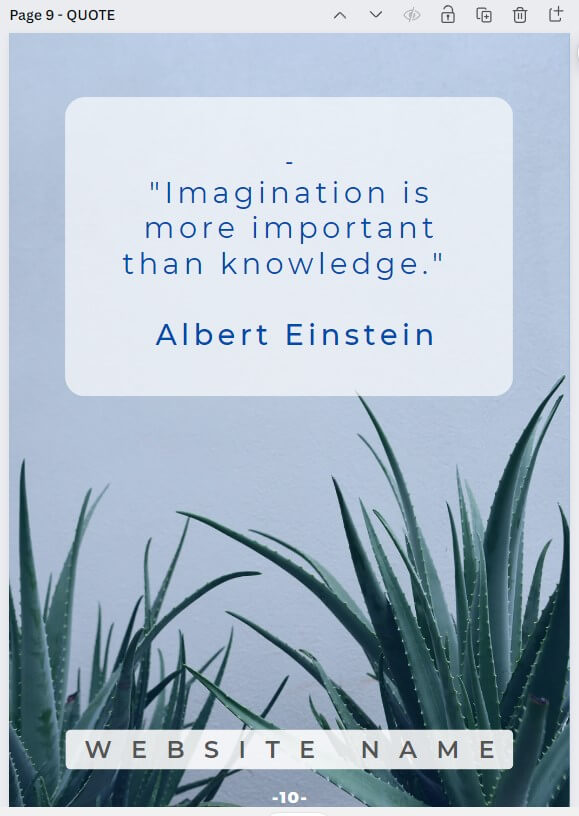
This text can be composed of folk sayings or proverbs and statements from famous people worldwide.
Quotes always begin and end with quotation marks.
Manipulating Pages in Canva
At the start of each page in Canva, there is a miniature toolbar.

Using the up and down arrows, we can move and change the order of pages.
The third icon is for duplicating the page if we want an already edited new page.
The fourth icon, in the form of a trash can, is used to delete the page, and the fifth is used to create a new, blank page.
By selecting the text next to the page number, we can enter the page name to navigate more easily.
Inserting Links
Links are inserted so that the user can quickly browse various chapters or pages of your book.
They are most commonly inserted on the page containing the table of contents.
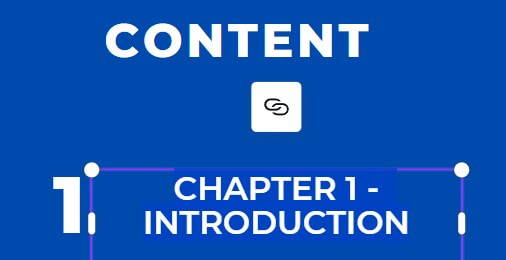
We select the text on the contents page in our example, “Chapter 1,” and by pressing the icon as shown in the picture, a panel will open with the words “Enter link or search.”
Here, all the pages to which we have written names will already be displayed.
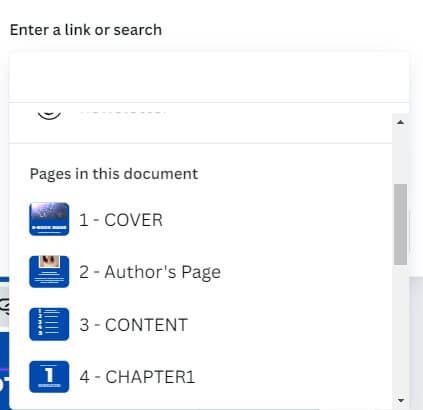
On it, we mark the page we want the reader to go to, in our case – Chapter 1.
In the panel that appears, you can confirm setting the link or remove it if it already exists.
These links will be permanently stored in the book.
Part of the text containing the link will be displayed with a line under the text, as shown in the picture.
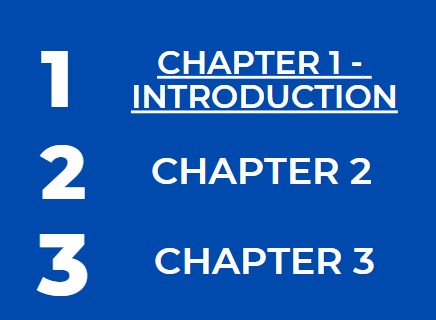
In the same way, we will insert external links.
For example, select the text with the name of your blog or website, and in the previously described way, enter the full URL of the website.
If a person reading it presses that text, it will take them directly to your website.
Which Fonts to Use?
The fonts you use if the e-book is published on the internet are Roboto or Montserrat (and their variations).
They are often used for readability on websites.
If you plan to send the book to print, then standard fonts of Word documents are desirable (Arial, Serif, Sans Serif, etc.).
Downloading the Ebook
After you are satisfied with the look of the book, you need to save it in PDF format.
By pressing Share > Download, you need to choose the PDF format from the options offered.
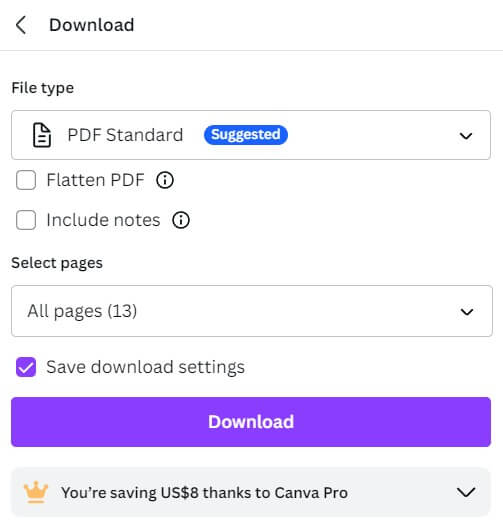
For documents and emailing, the standard PDF format will be sufficient, but if the book is intended for printing or selling on the internet, then you choose Flatten PDF.
In this document, your created links will be automatically generated.
Translation of the Ebook
Canva Pro users (paid version) will be able to translate their ebooks into multiple languages.
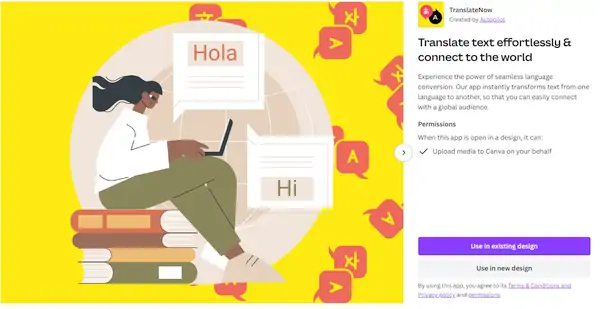
When you enable the TranslateNow module, it will allow you to translate into several foreign languages.
Creating the Cover Image
Some ebook-selling services require a special cover image.
We can create it relatively easily.
By selecting Share > Download, mark the JPG download format and mark only the first page for download.
This is also the introductory page of the ebook.
Upload that image again in Canva using the Upload Media option.
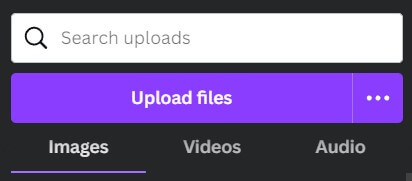
Please create a new page, and move the uploaded image onto it.
Using the Edit image option among the editing tools, find Smart mockups.
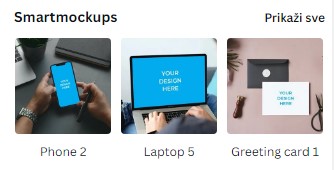
Press the Show All option, and among the options offered, there is also a category Books.
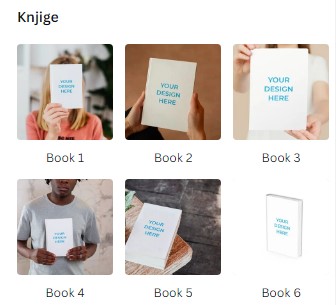
Choose the layout that suits you best; we chose the Book 6 option.
The result was as shown in the picture.
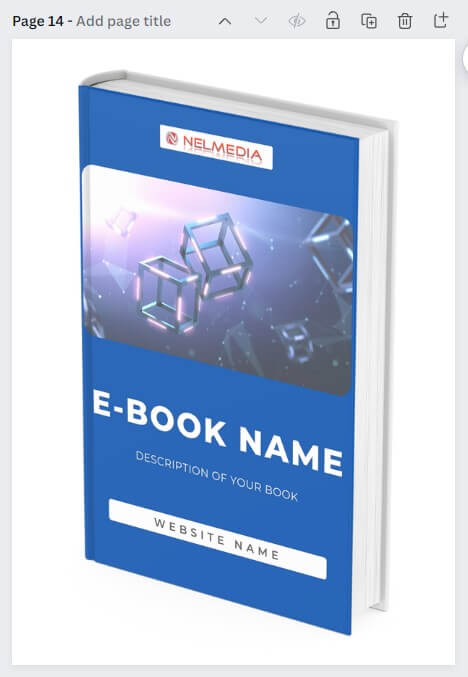
Now save that page again as an image in PNG or JPG format.
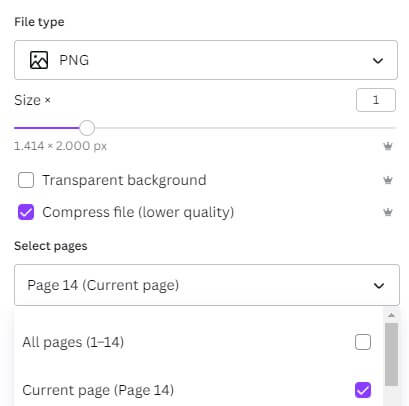
When you want to sell the e-book on the internet, you will already have a prepared PDF with the book’s content as well as the cover image you just created.
Other Ways to Write E-Books
For writing ebooks, you can also use the free program LibreOffice as well as Microsoft Word or Google Docs but you will be deprived of many add-ons, images, and features that Canva offers.
Other Types of E-Books
Ebooks with little content
Ebooks with little or no content can be sold like more serious e-books.
This category includes various planners, planners, recipe templates, various types of notebooks, and the like.
They are intended for printing, and when you place them on an ebook sales service, you must mark them as such.
The service itself will offer the price of printing with such an ebook, and you will increase the price by the amount of your earnings.
If on Canva, when choosing a template, we write “Brown Weekly Planner,” you will get a template for entering your name, email address, and phone number.
We can modify that template, give it an original look, turn it into a PDF, and offer it for sale.
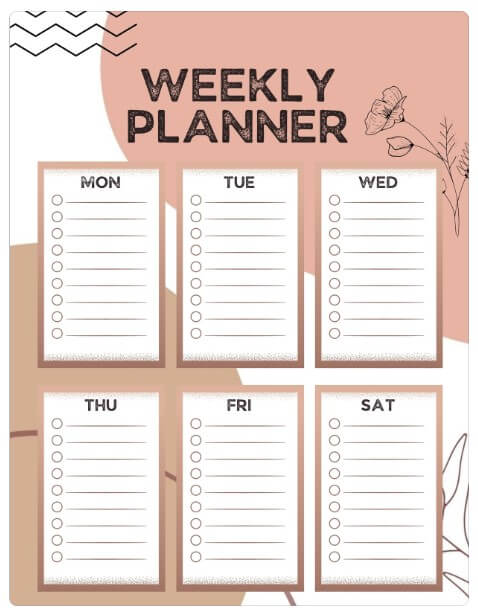
This is just an example, and there are many other different templates you can use.
PLR Ebooks
Ebooks under PLR license are already finished ebooks that you can download and distribute for free.
If you don’t have much of a sense of writing, they will help you publish your book.
You can sell them as your own only if you completely change them.
But if you are involved in Email marketing, such books will serve to collect Email addresses and can be extremely useful.
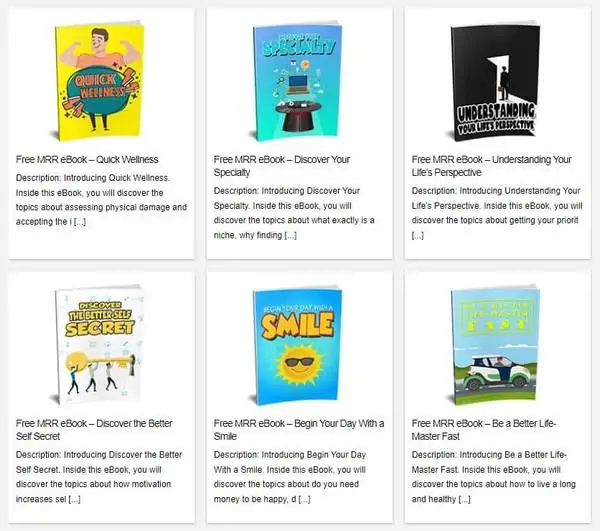
PLR Ebooks can be downloaded here.
We advise you to read carefully the license of each book to avoid later problems.
If you still have certain funds and don’t want to bother with writing, the complete creation of an ebook as well as advertising can be ordered on the Freelancing platform: Fiverr.
Conclusion
As you can see, it’s not that difficult to write an ebook, and its sale can bring you additional earnings.
We hope this guide has provided you with inspiration and useful tips on how to write your ebook in Canva.
As usual, post your questions and suggestions in the comments below the text.
Recommended for Reading
How to write a low-content ebook?
Book Bolt Review: Make Better Your Self-Publishing Journey
Soon, we will also offer our courses in the form of ebooks.
If you have written an ebook, contact us for publishing on our web page.
(Revised and supplemented on January 19, 2024)

